The Future of Website Design: 5 Trends You Can’t Ignore in 2024
Did you know that 75% of users judge a company's credibility based on its website design? Stay ahead of the curve with these must-know trends!
In the fast-paced world of digital marketing, staying updated with the latest website design trends is crucial for maintaining a competitive edge. As we move further into 2024, it's clear that user expectations and technological advancements are reshaping how websites are designed and interacted with. Here are five trends you can't afford to ignore in 2024:
AI-Driven Design: Artificial Intelligence (AI) is revolutionizing website design by offering highly personalized user experiences. AI tools can analyze user behavior to customize content, layout, and functionality dynamically. This means your website can adapt in real-time to meet the specific needs of each visitor. For example, AI-driven chatbots can provide instant customer support, while machine learning algorithms can recommend products based on past behavior, significantly enhancing user satisfaction and engagement.
Voice Search Optimization: With the rise of smart speakers and voice assistants like Alexa, Google Assistant, and Siri, optimizing your website for voice search is no longer optional. Voice search queries tend to be longer and more conversational than text searches, so your content should reflect this. Implementing structured data, using natural language, and focusing on long-tail keywords will help your site rank higher in voice search results, driving more organic traffic and improving user experience.
Minimalist Aesthetics: The trend towards minimalist design continues to gain momentum. This approach emphasizes simplicity, using plenty of white space, clean lines, and a limited color palette. Minimalist design not only looks modern and sophisticated but also improves site speed and usability. By stripping away unnecessary elements, you can ensure that users focus on the most important aspects of your site, such as your products or calls to action.
Augmented Reality (AR): Augmented Reality is transforming how users interact with websites by offering immersive, interactive experiences. For e-commerce sites, AR can enable customers to virtually try on clothes, see how furniture looks in their home, or visualize different product variations in real-time. This level of interactivity not only enhances user engagement but also reduces return rates by helping customers make more informed purchasing decisions.
Sustainable Web Design: As consumers become more environmentally conscious, sustainable web design is gaining traction. This involves creating websites that are energy-efficient and have a minimal carbon footprint. Techniques include optimizing images and videos to reduce data transfer, using green hosting providers, and designing for faster load times. By promoting your commitment to sustainability, you can appeal to a growing segment of eco-conscious consumers and enhance your brand's reputation.
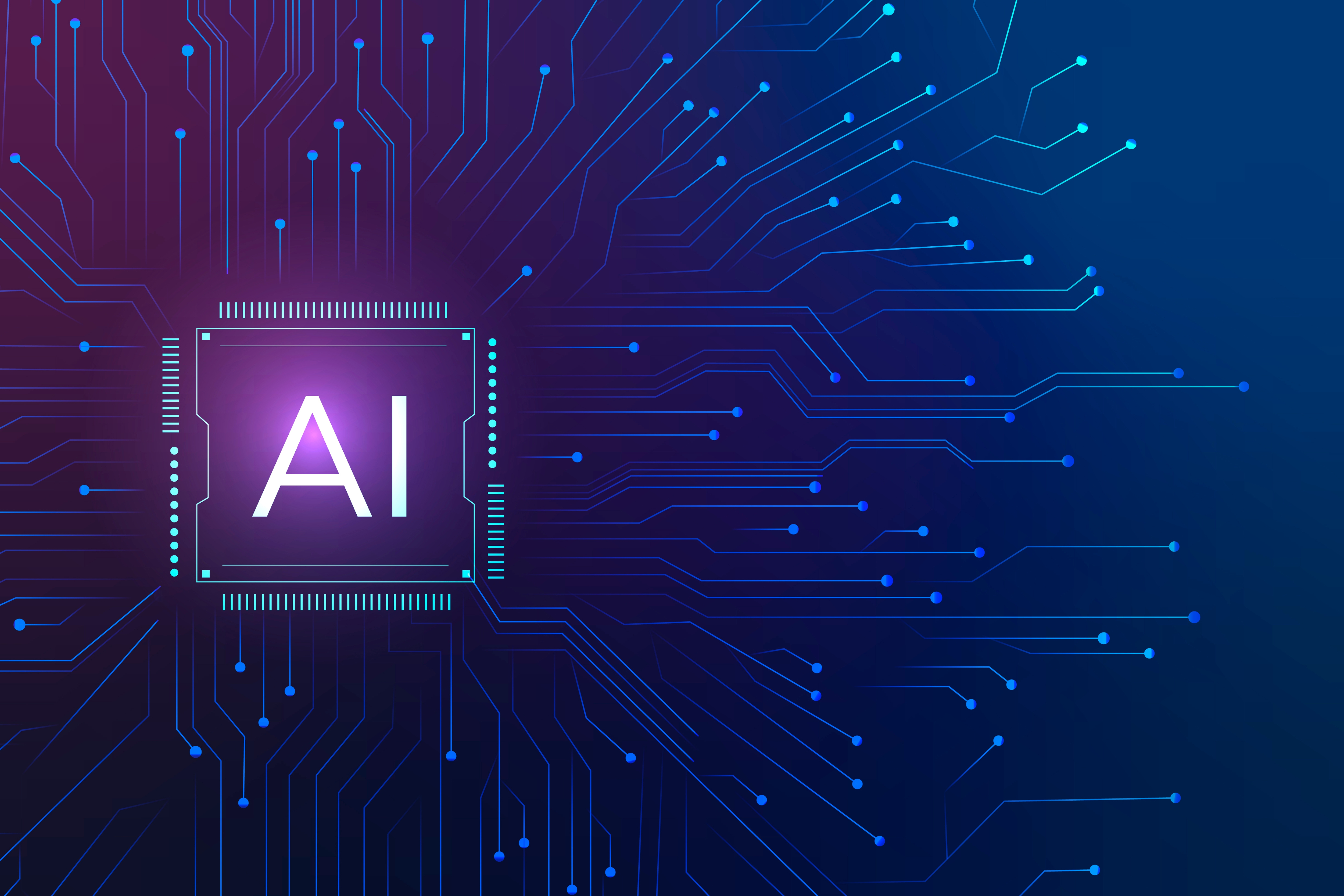
- AI-Driven Design
- Voice Search Optimization
- Minimalist Aesthetics
- Augmented Reality (AR)
- Micro-Interactions
- Dark Mode
- Sustainable Web Design
- Inclusive Design
- 3D Elements and Graphics
- Social media marketing
"Design is not just what it looks like and feels like. Design is how it works."
- STEVE JOBS
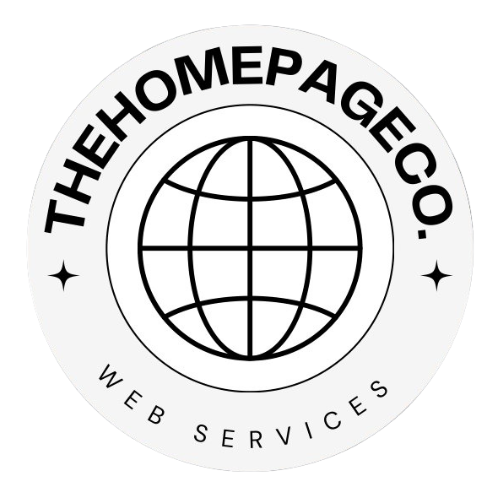
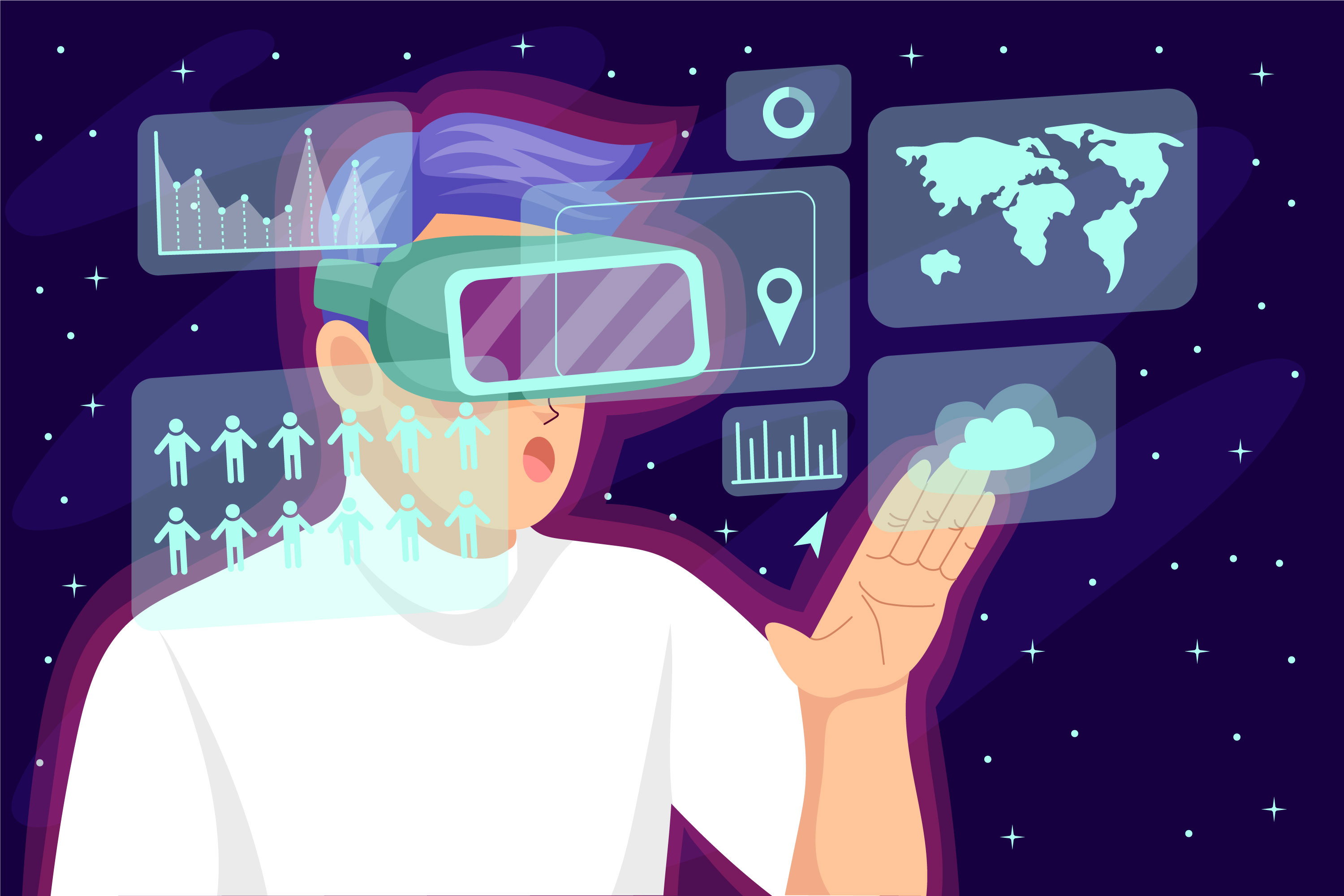
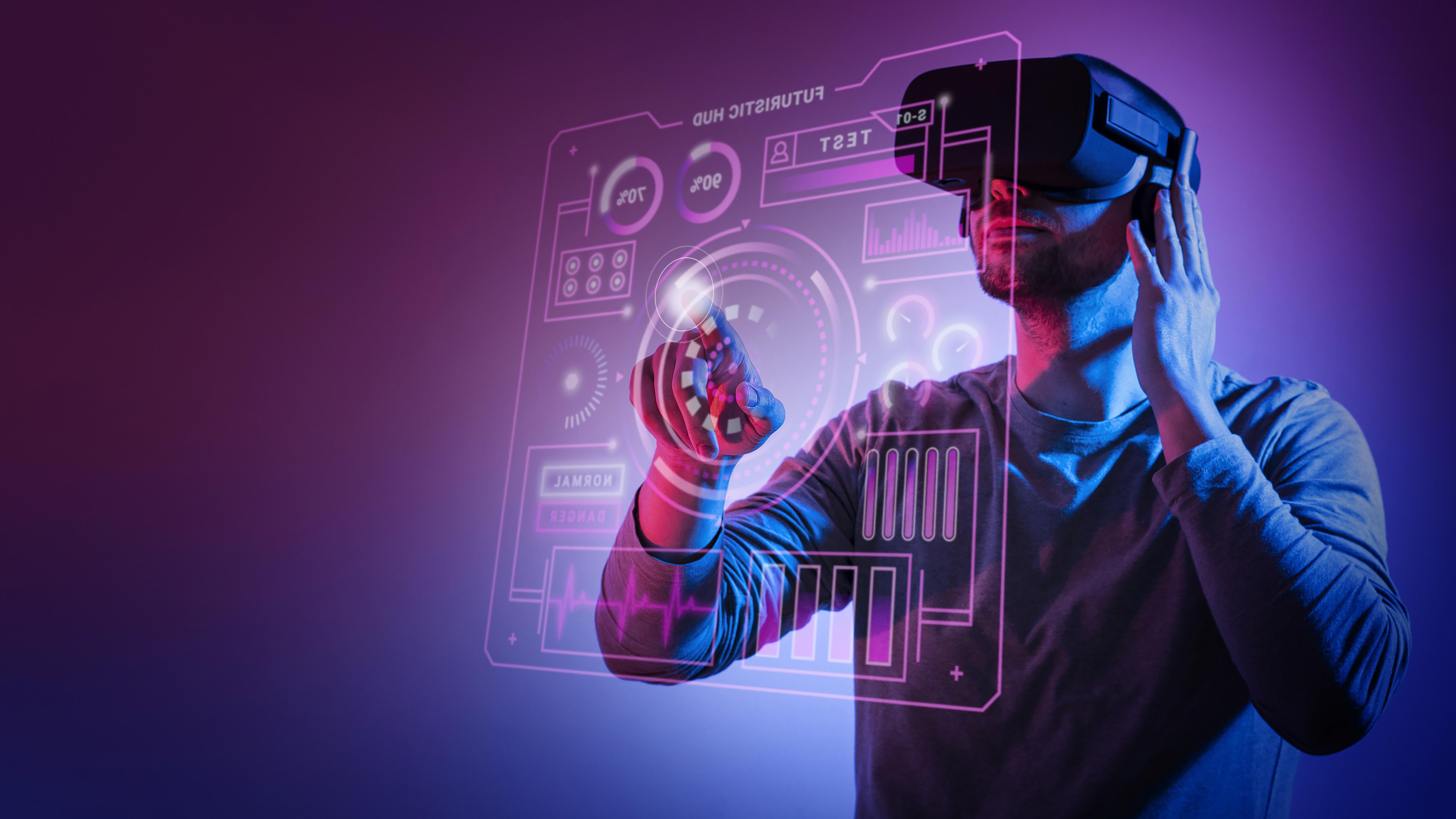
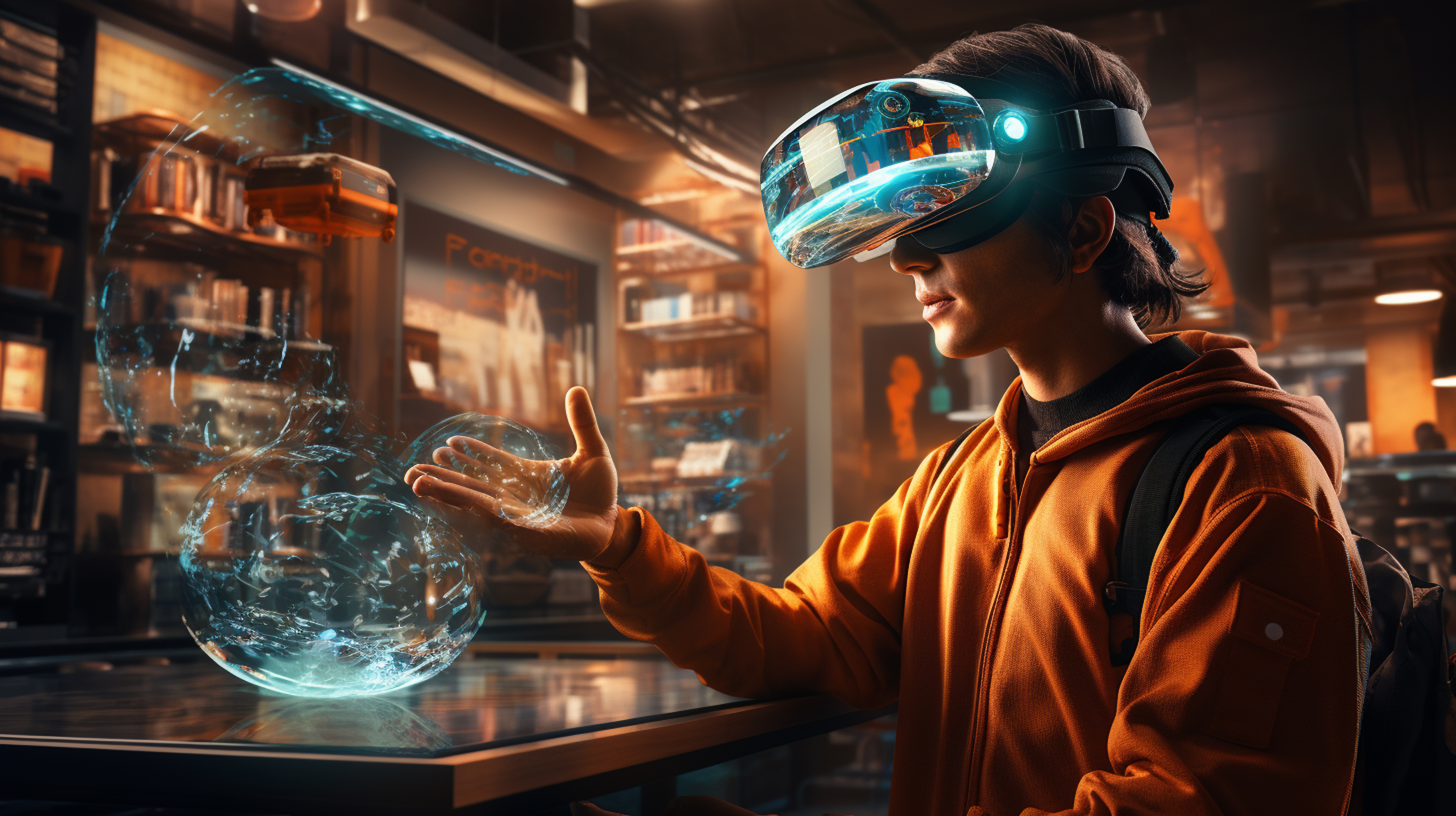
I love the insights on AI-driven design and voice search optimization! These trends are really shaping the future of web design. Thanks for the comprehensive breakdown!
This article was super informative! I especially appreciate the tips on sustainable web design. It’s great to see more emphasis on eco-friendly practices in the tech world.
The section on augmented reality was fascinating. I hadn't realized how much AR could enhance user experience on e-commerce sites. Definitely going to look into implementing this for my store!